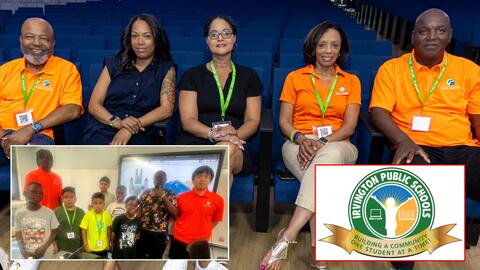By: Richard L. Smith
This summer in Irvington Township, I had the privilege of visiting something truly special: an education program that didn’t just teach students about artificial intelligence, augmented reality, and 3D modeling, but also taught them to believe in themselves. 
The Tech Titans Summer Program, nestled within the Irvington STEAM Academy, isn’t just another camp. It’s a movement.
One that proves when access, mentorship, and vision align, young people in underserved communities can rise to become leaders in the digital world.
From classroom to career pipeline, what’s happening in Irvington is nothing short of revolutionary.
Where Innovation Meets Intention
During my visit to the Rita L. Owens STEAM Academy, I found that at the helm of this effort is Ms. Veda Shamsid-Deen, ESQ, founder and CEO of T3 Creators Collective.
Her background in emerging technology, from augmented reality to AI, has given her a firsthand look at how disconnected many students are from the fields that will define their futures.
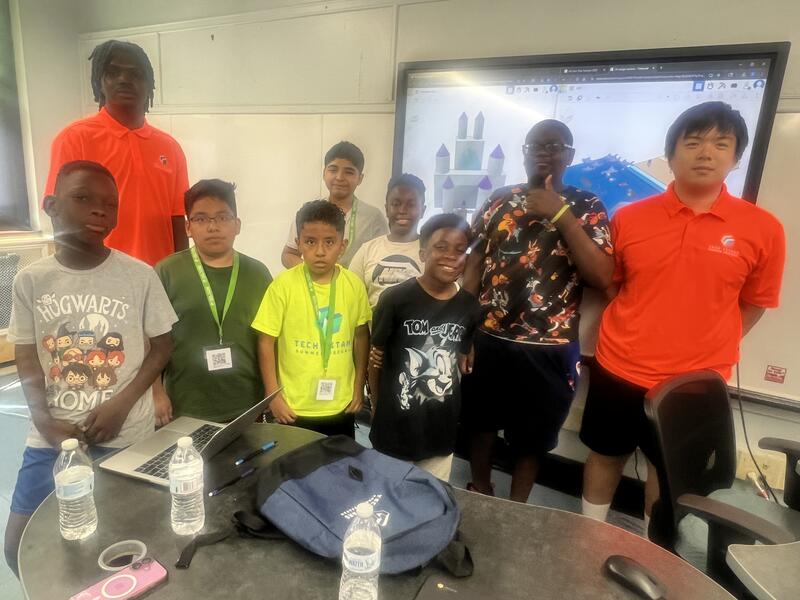
“I saw students graduating without the transitional tech skills they needed—not just in high school, even in college,” she told me. “And the tech pipeline was void of color. We knew we had to change that.”
That change began with a simple yet bold idea: introducing students, early and often, to emerging technologies through mentors who reflect their culture and language. Representation matters. And this well-together program proves it.
From Concept to Classroom
The program was sparked by an invitation to participate in a community panel on AI hosted in Irvington Township.
Shamsid-Deen and her team, including Mr. Glenn Best, Workforce Development Director for T3, and Mr. Gary Mann, founder Jasfel Analytics and it is a Data Science company, walked away knowing more had to be done.
“I grew up wanting to be an engineer but never saw anyone who looked like me doing it. Now I’m in rooms all over the world, and I’m still often the only one. That has to change. That’s why I’m here.” -Gary Mann
“We wrote a proposal to the Irvington School District,” said Shamsid-Deen. “There was nothing like this in the state at this level. We designed a scalable model, not a one-off. Our goal was to build an ecosystem in Irvington and beyond.”
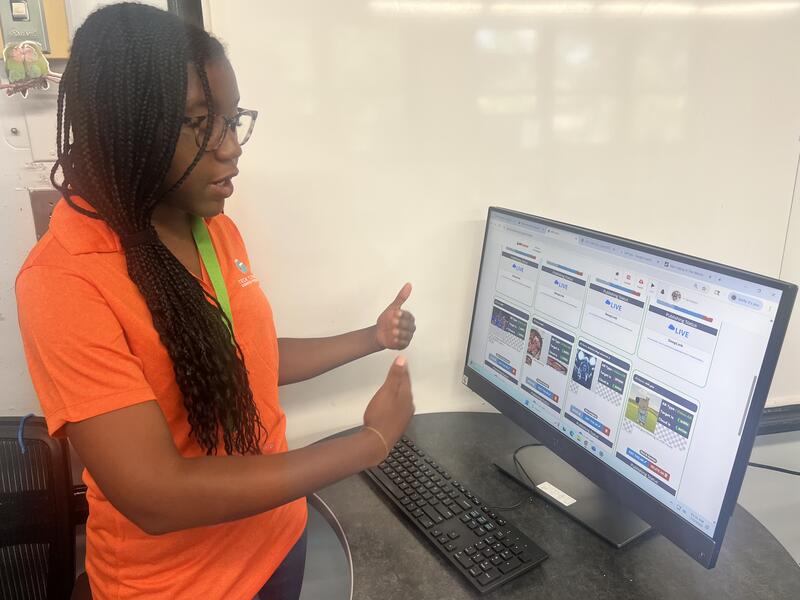
After sitting down and conversing with the team, I understood their plan: immersive, real-world tech training with layers of mentorship, mental health support, and language inclusion. The result? A program that meets every student where they are—and elevates them.
The Power of Showing Up
Walking through the classrooms, I saw Rutgers students leading coding lessons in Python, guiding 3D modeling projects in Blender, and helping younger students bring animated stories to life.
The classrooms buzzed with focus and excitement, not unlike a Silicon Valley startup.
“Some of our instructors are bilingual in Spanish and Haitian Creole,” said Shamsid-Deen. “When you’re teaching difficult concepts, language matters. We wanted every student to feel seen—and to feel capable.”
This wasn’t just about instruction. It was about transformation.
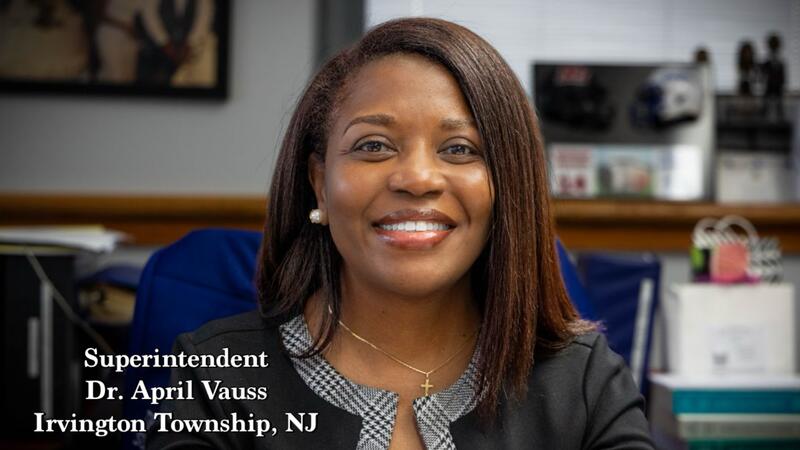
The Mental Health Factor
Dr. Stacy Haynes, a child therapist and professor, played a pivotal role in preparing both students and instructors to succeed, not just academically, but emotionally.
“I tell them: your thoughts are your superpower,” she said. “We teach self-regulation, confidence, deep breathing—skills that help students manage frustration and anxiety, especially when learning gets tough.”
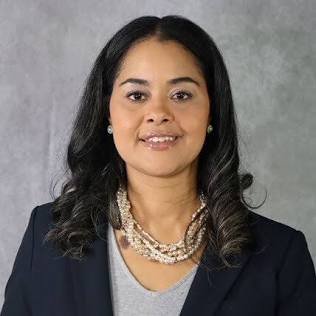
Dr. Haynes worked with the instructors before the program even began, training them to communicate effectively, recognize signs of stress, and support students on the autism spectrum or with ADHD.
“Summer is the best time to build these soft skills,” she said. “And the students carry them back to school in the fall.”
Building More Than Projects
One standout student, Landson Romain, an 8th grader from Union Avenue Middle School, created an AI-driven audiobook experience where scanning a book triggers a video of him reading aloud.
“When I heard about the project, I went home and started brainstorming,” he said proudly. “I had to start over a few times, but I figured it out. I want to be in tech—maybe mechanics or AI.”
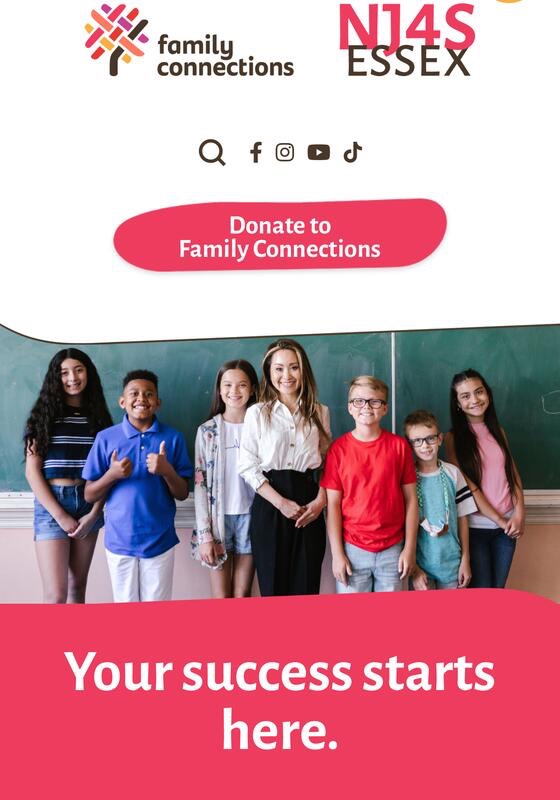
Stories like Landson’s played out in every room. Rutgers senior Saleeph Touré, an instructor, said the students’ enthusiasm amazed him. “They’re fast learners,” he said. “When they’re interested, they go deep.”
Touré credits the program for strengthening his own skills, particularly in learning how to teach at each student’s pace and in line with their goals. “That’s a real skill in itself,” he said.
Nahla Wright, another instructor, echoed the same sentiment. “This is my first time teaching like this. It’s helped me grow. And I’m learning just as much from them as they are from me.”
More Than Coding—A Movement
The team was intentional at every step, matching students with mentors who looked like them, training instructors to be flexible and culturally responsive, and ensuring that no language or learning difference was a barrier to success.
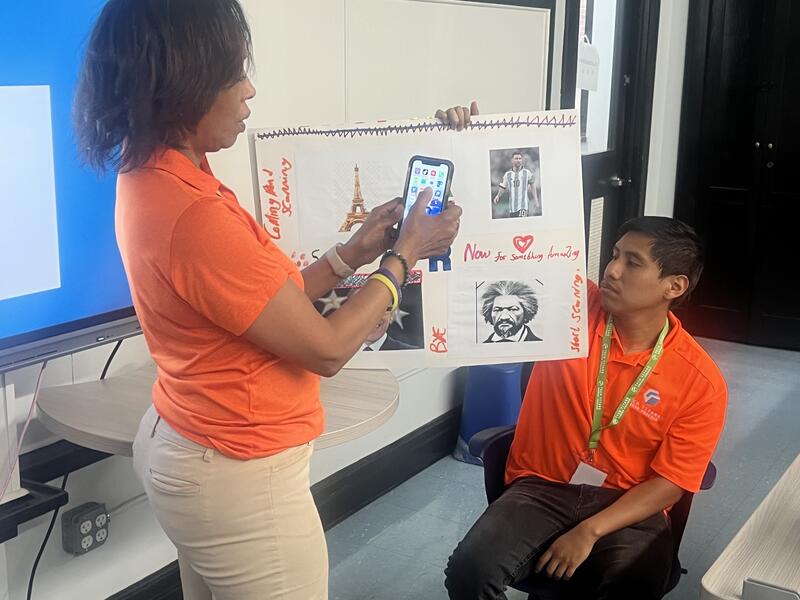
“Our students bonded with the instructors from last year,” said Glenn Best. “Some came back asking for the same ones—they remembered them. That kind of connection builds confidence.”
Students completed hands-on capstone projects that brought their ideas to life. Parents were invited to see their children present and explain what they’d built. It wasn’t just heartwarming. It was empowering.
What AI Means for Our Communities
Mr. Gary Mann, who has worked in AI for over 30 years, clearly sees the stakes clearly.
“AI is a way out—and a way in,” he told me. “It’s a door to career opportunities that will last decades. But if we’re not building these systems, our stories—and our data—won’t be part of the equation.”
He shared that AI tools in fields like medicine often lack sufficient data from Black and Brown populations to be truly accurate. “We have to be involved in shaping this technology,” he said. “And that starts by showing students that it’s possible.”
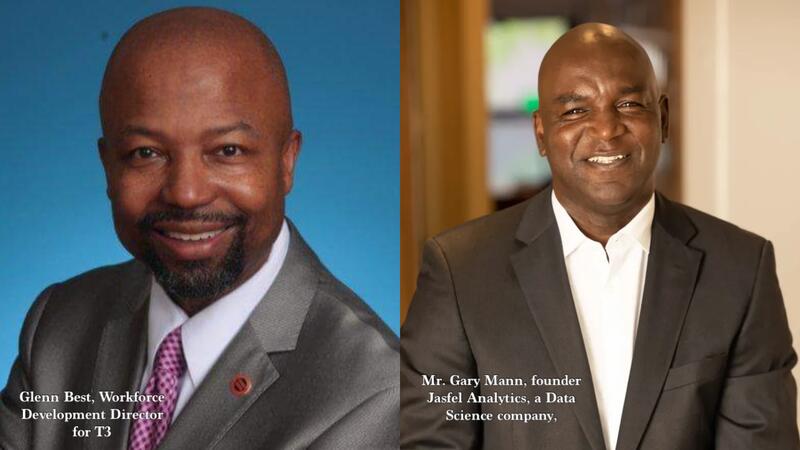
He grew emotional when reflecting on the program.
A Model for the State—and the Nation
The success in Irvington is undeniable. With returning students, excited parents, and a growing roster of university partners, this program is already becoming a model of success.
The school district embraced the program wholeheartedly, easing the burden on educators by allowing the tech team to lead implementation, train staff, and handle instruction.
What happened in Irvington this summer is proof that when students are supported, mentored, and believed in, they will rise. They will return. And they will lead.
………………………………………………
I give sincere thanks to Ms. Veda Shamsid-Deen, Gary Mann, Glenn Best, Dr. Stacy Haynes, the student instructors from Rutgers, and the incredible young scholars of Irvington who are boldly coding their way into the future.
